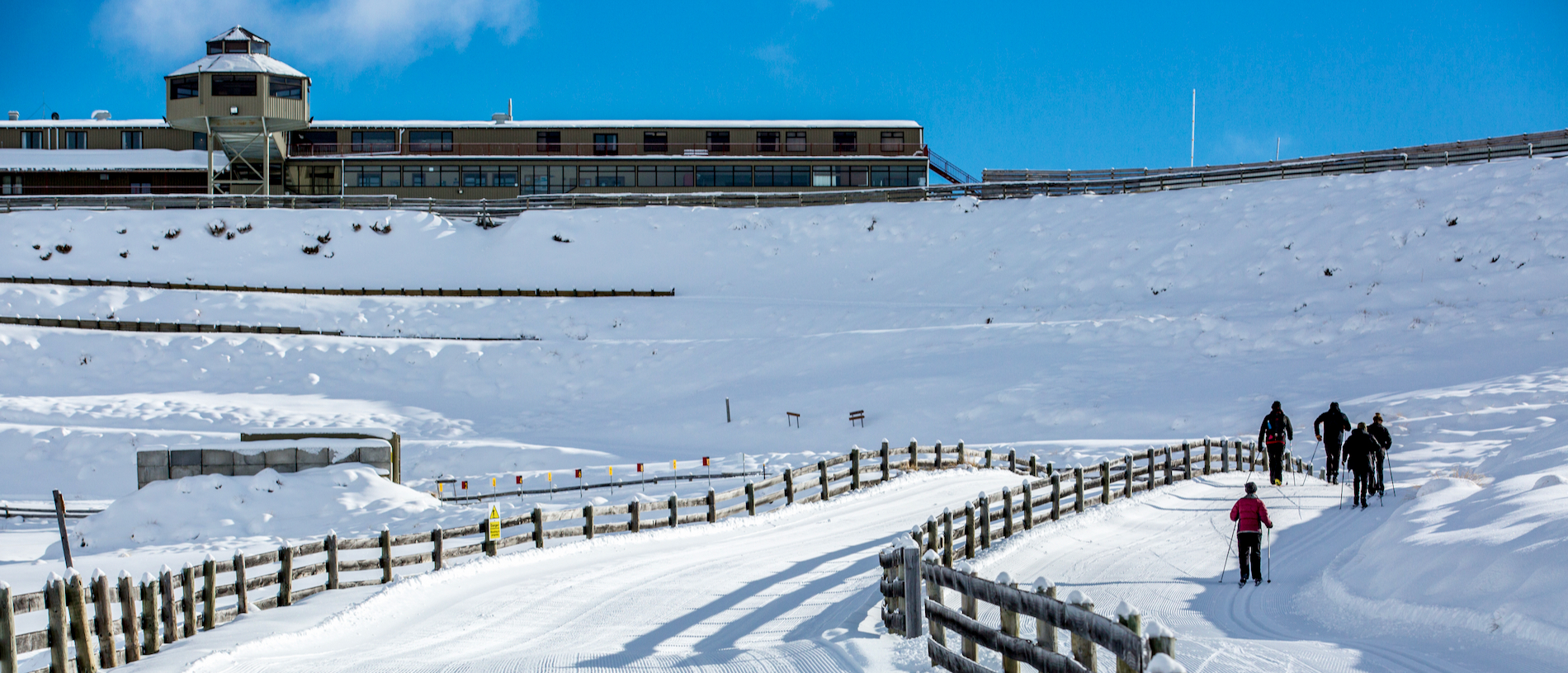
Night skiing at Coronet Peak
Few people find themselves out in the mountains at night, so quite apart from the skiing, just being on the slopes under the stars is an unusual and affecting experience.

It was one of the tragedies of history that skiing was invented at a time when the technology of ski lifts lay nearly 4000 years in the future.
And given the inhabitants of ancient Scandinavia depended entirely on skis to supply their land transport requirements, you’d expect the major centres of Nordic population to have occurred exclusively at the foot of hills.
That’s because we tend to identify skiing with its downhill variant where, as the name suggests, you start at the top of a hill and slide down to the bottom. Nordic skiing, by contrast, can be done in the absence of gradients and even against a slope, actually uphill.
How, you ask, is this possible?
Well, in the remote past, sealskins were fitted to the bottom of the skis. When you moved the ski forward, the sleek fur slid over the snow, creating only a little added friction. Try moving it backwards, however, against the grain, and the fur resisted. This meant you could slide one ski forward, then the other, without slipping backwards between ‘steps’. The bindings on Nordic skis, what’s more, are anchored only at the toe to facilitate this ‘stepping’ motion.
It’s possible to cover great distances on Nordic skis expending little more effort than you’d use walking. This is why Nordic skiing is commonly referred to as ‘cross-country’ skiing.
These days, of course, we have a sophisticated array of synthetic materials available to us, and instead of sealskins, cross-country skiers use lengths of that stuff they make lint-removing gloves from – a sort of red, velvety fabric that has thousands of miniature pouches in it that lie flat if rubbed one way and puff up and snag that pesky cat fur when rubbed the other. Ever wondered how Scandinavians keep their suits so free of lint? Well, now you know.
The other main difference to downhill skiing is, of course, the act of turning, given the toe-only fastening of the skis to your boots. Nordic skiers turn their skis by performing an odd-looking kneeling manoeuvre called ‘telemarking’. It can take a bit of getting used to, but once mastered, telemarking feels sort of liberated by comparison.
New Zealand’s only dedicated cross-country ski facility, Snow Farm, is located on the Pisa Range above Lake Wanaka, where over 50km of tracks give peerless views of the Southern Alps.
Imagine eyeballing Mount Aspiring and, farther off, Aoraki, from your perch, muscles pleasantly tired, with only a swish-swish sound to disturb the solitude as you remove the lint from your trousers. Magic.